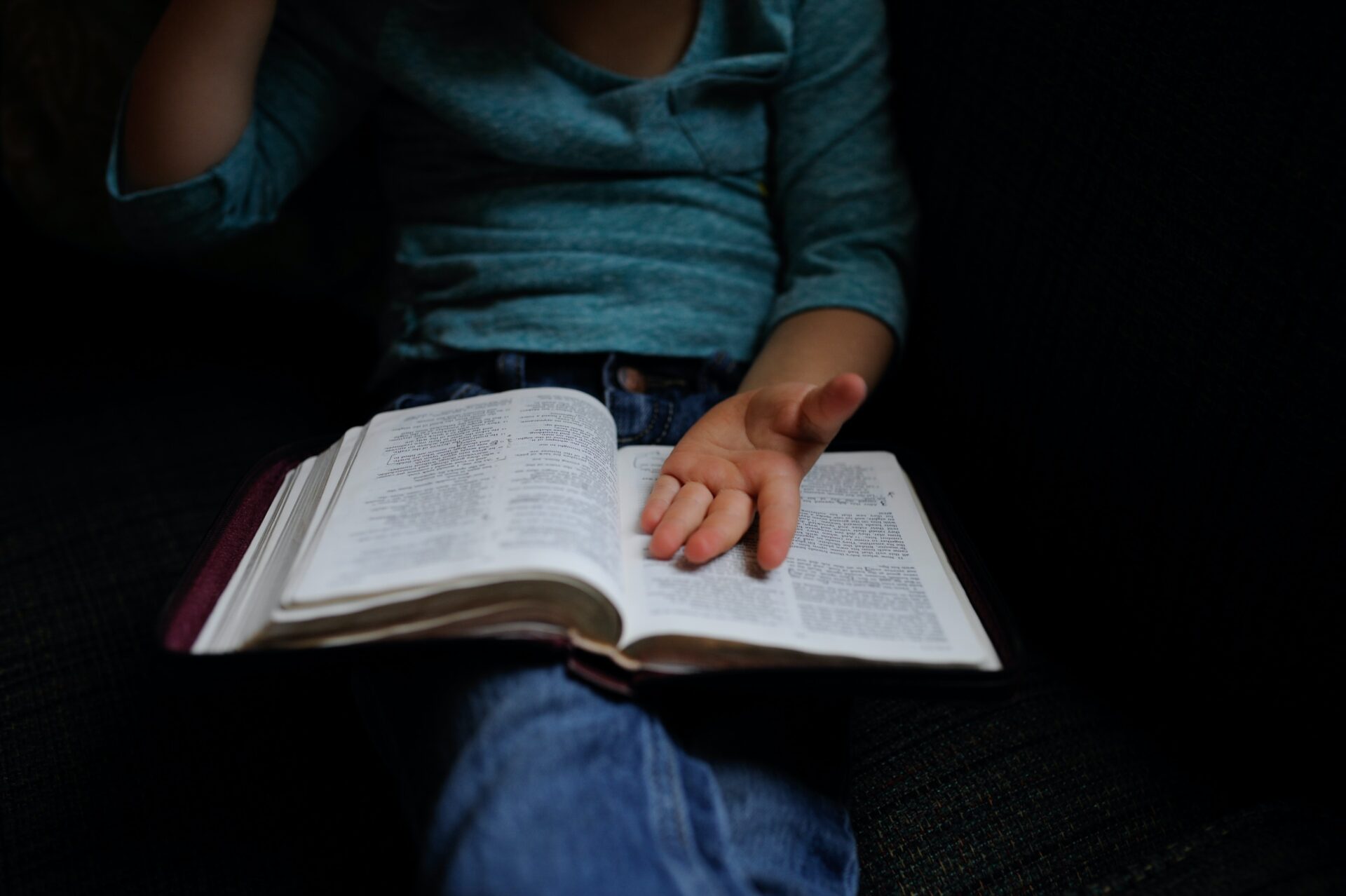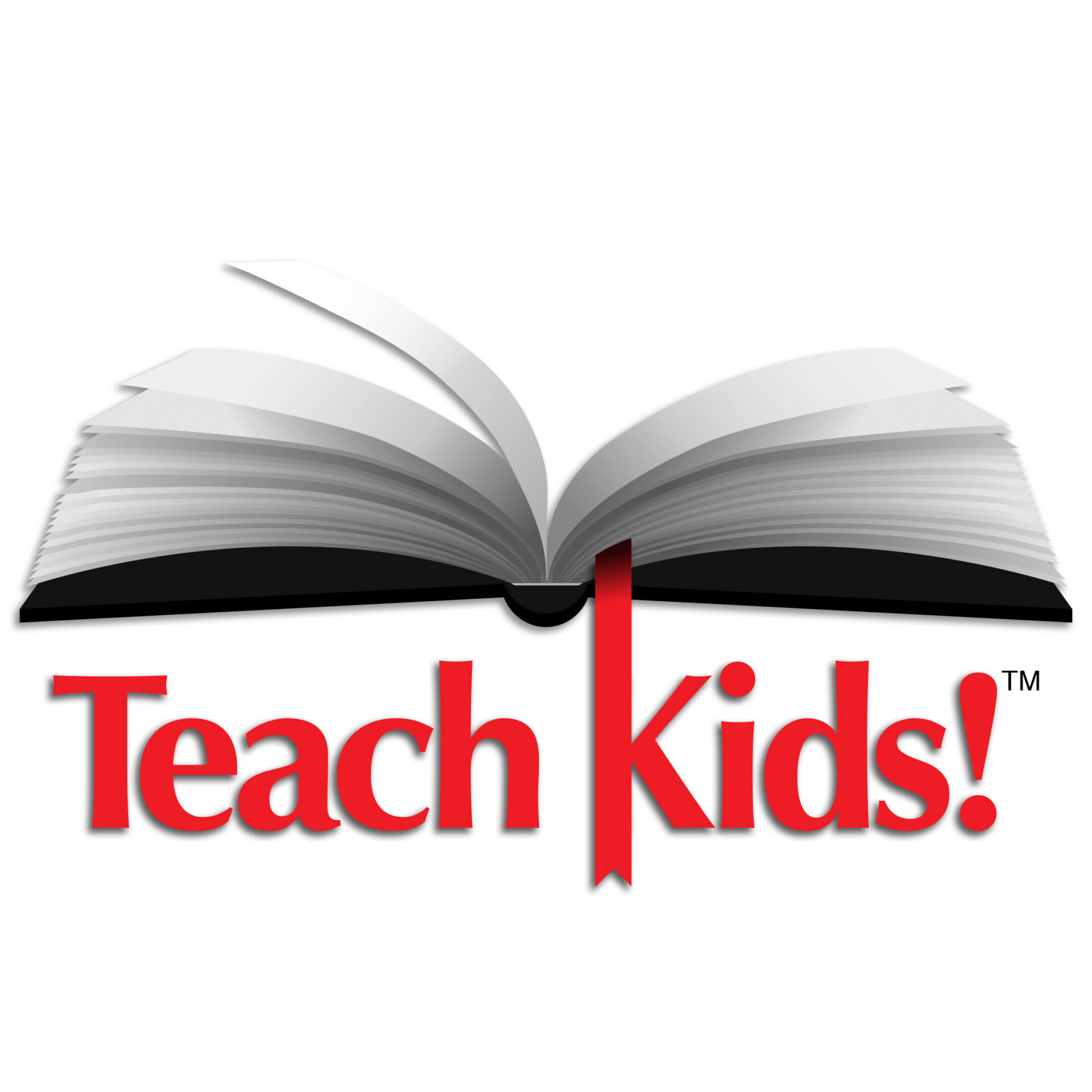4 Steps to Teach Kids How to Read the Bible
Every Christian parent or caretaker desires their child to read the Bible. But while it may be common knowledge that we should teach children from the Bible, many don’t realize we need to teach children about the Bible itself, first. Kids don’t know basic concepts of how the Bible is set up, or what the different sections of the Bible teach. Left to themselves, a child will most likely treat the Bible like any other book, and either randomly open it up to read something, or start from the beginning in Genesis.
Which means, without some guidance, they may be confused, bored, or not learn much that they can apply to their life. Let’s have a strategy for helping kids to get acquainted with their Bibles — understanding both how to read it and apply it to their lives.
1. Create a Visual Representation of the Bible
The Bible is unlike any other book out there, and the first step to helping your child learn to read it is by getting them acquainted with the different sections and themes throughout.
There are five sections of the Old Testament; they are titled Law, History, Wise Poetry, Major Prophets, and Minor Prophets. Then there are five sections for the New Testament, titled Gospels, Church History, Paul’s Letters, Other Letters, and Prophecy. Having a visual representation of these different sections of the Bible as you teach them can be very helpful for giving kids a survey of the Bible as a whole.
One way you can do this is by collecting cereal boxes of an identical size, taking them apart, turning them inside out, taping them back up again, and then decorating each one to look like a book — representing the different sections of the Bible. Additionally, you can even fill the boxes with pictures that represent the different themes of the sections, or notes from any Bible study you or your child might have. This is a great way to give kids a survey of the Bible as a whole, while emphasizing how each section was designed for a specific purpose and should be read accordingly.
2. Explain the Bible’s History and Purpose
It’s important that you give children an overview of why the Bible is special and by far the most important book in the world. For starters, you can explain how no other book in the world has been preserved over history as well as the Bible has — the fact that it’s remained unchanged over the years, even with so many old manuscripts, a miracle in itself.
You can also share how no other book in history has made hundreds of prophecies over a large stretch of time, and that every one of them has come true, without a single error.
Lastly, but most importantly, no other book has demonstrated the same power to change lives with its truth as the Bible. The purpose of the Bible is to show us God’s character and to guide us as His Word. God tells us about Himself in the Bible so that we can truly know Him and have a personal relationship with Him, and that is the most wonderful thing in all of life. It is this overall view and excitement for God’s Word that needs to permeate every lesson we teach kids about the Bible, so children will want to discover more about it.
3. Use a Bible Timeline
Next, teach kids about the Bible as a book that shows both what happened in the past and what will happen in the future. For instance, the Old Testament tells about how the Savior, Jesus, would come, while the New Testament shares how the Savior came, about His life, what happened after He died and rose again, and what will happen still in the future. To demonstrate this, create a Bible timeline or use one of Child Evangelism Fellowship’s. You can find a beautiful timeline poster for just $6 from cefpress.com by clicking here.
Regardless of whether you buy one or create your own, a Bible timeline should start with Creation, show key moments in the Old Testament, go through the life of Christ and the expansion of the Church, and then end with the return of Jesus. Every time you read a Bible story with kids, you can point to where it would be on the timeline and help kids gain a sense of chronological order and how everything fits together.
4. Explain How Bible Verses are Ordered
Last but not least, teach kids about the Bible books and how every verse has a reference — an address — that can help them find it. Explain to kids that, just like how their home address has a city, street, and house number, a Bible reference has a book, chapter, and verse. Simply start big with the book, then narrow it down to the chapter, before finding the right verse.
To help kids get familiar with the different books of the Bible, you can provide children with a bookmark from Child Evangelism Fellowship with the books of the Bible on it by clicking here. As a two-sided bookmark, it’s great for teaching kids about the books and sections of the Old Testament on one side, and the books and sections of the New Testament grouped on the other.
Regardless of how you choose to teach kids about the Bible and orient them with the various books and chapters, allow time for kids to practice finding different verses on their own, so they can start to become comfortable with how the Bible is set up.
Encourage Kids to Read the Bible on Their Own
This may seem like basic information, but many children know none of it. And when you empower children with the knowledge they need to know how to read the Bible as it was intended, you’re empowering them to read the Bible on their own and begin a lifelong desire to engage with the Word of God.
Encourage this desire even further by providing kids with a children’s devotional booklet to help them apply what they are reading to their lives. Devotional booklets for different comprehension levels by Child Evangelism Fellowship can be found by searching “devotional booklet” on cefpress.com.
Without a doubt, the most important gift you can give to a child under your guidance is a love for God’s Word and the wisdom to treasure it far above anything else in life!
This content is from the CEF podcast Teach Kids. Listen to more content like this on the Teach Kids podcast through your favorite podcast platform. #TeachKids #KidsMin
Teaching Kids Worship: Everyday Moments That Honor God | CEF
Discover practical ways for teaching kids worship beyond Sunday mornings with these everyday activities that help children recognize God’s presence.
Spiritual Disciplines for Christian Family Devotions | CEF
Transform your Christian family devotions using sports analogies that active kids understand, turning Scripture, worship, prayer and giving into daily spiritual training.
6 Tips for Teaching Kids About Honesty | CEF
Teaching kids about honesty is vital for Christian parents. Read for 6 practical ways to teach honesty for kids and make truthfulness attractive.
Stay Connected with CEF
Subscribe to our email lists to receive updates, news, and stories based on your needs and interests.




